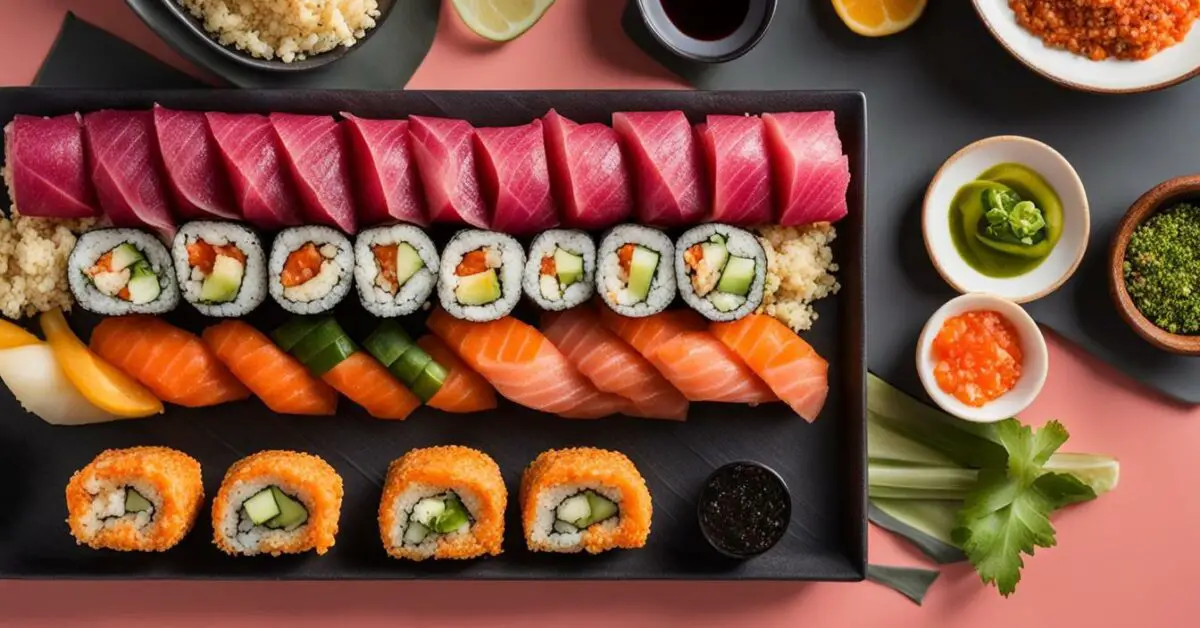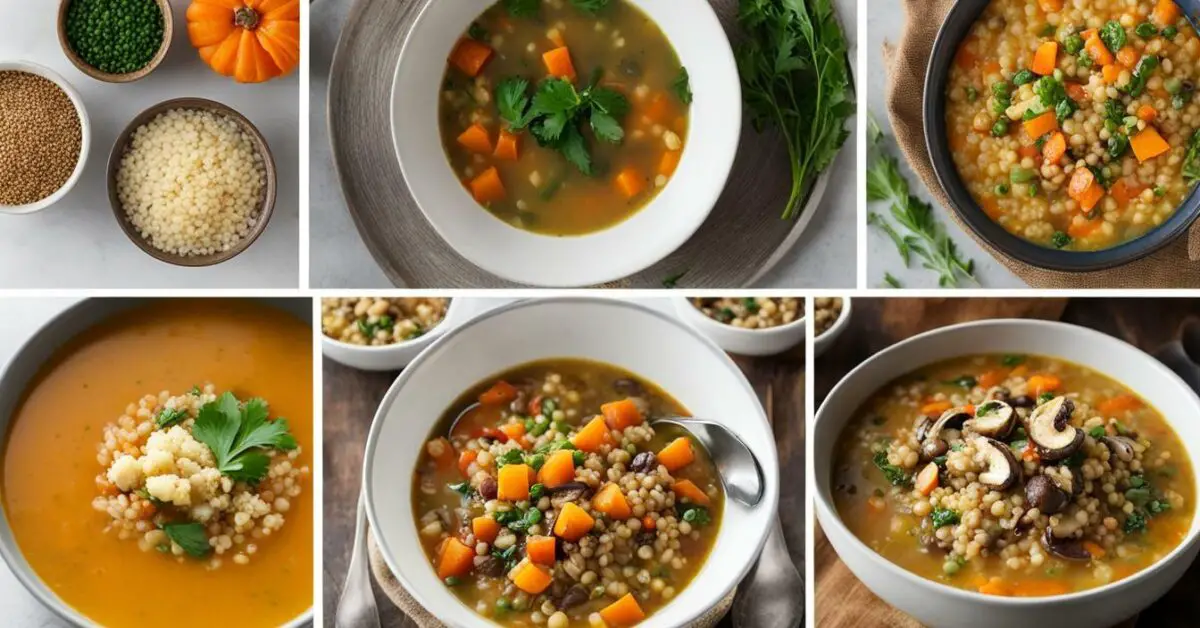
This post may contain affiliate links. Please read my disclosure for more information.
If you’re looking for alternatives to rice in curry, there are several options to consider. Naan bread, Bombay potatoes, cauliflower rice, broccoli rice, homemade chips, roast potatoes, and spicy roasted cauliflower are all great choices. Naan bread can be made at home and used to make naan wraps with curry. Bombay potatoes are a comforting and satisfying side dish. Cauliflower rice and broccoli rice are low-carb options that add extra veggies to your meal. Homemade chips are a simple but satisfying option, and roast potatoes add comfort and versatility to your curry. Spicy roasted cauliflower is a healthy and delicious choice.
Other grain-based alternatives to rice include quinoa, couscous, bulgur wheat, barley, brown rice, rye, and millet. Vegetables such as cauliflower, sweet potato, and broccoli can also be used as rice substitutes. Breads like naan and pita can be used to soak up the curry sauce, and salads can provide a refreshing contrast to the spiciness of the curry.
When choosing rice substitutes, consider factors like carbohydrate content, fiber content, and nutritional profile. Some of the best alternatives to white rice include brown rice, quinoa, cauliflower rice, wild rice, barley, bulgur, farro, and chickpea rice. These alternatives have different flavors and textures but can be cooked and used interchangeably with white rice in various dishes.
Vegetable-based Rice Substitutes
Vegetable-based rice substitutes provide a healthy and flavorful twist to your curry dishes. Not only do they add extra nutrients to your meals, but they also offer low-carb options for those watching their carbohydrate intake. Here are a few versatile options to consider:
- Cauliflower Rice: Made from finely grated cauliflower, cauliflower rice is a popular choice for replacing rice in curry. It has a mild flavor and a texture that resembles rice grains. Simply steam or sauté the cauliflower rice and use it as a base for your curry.
- Broccoli Rice: Another vegetable-based alternative is broccoli rice. Made by pulsing broccoli florets in a food processor, this rice substitute adds a vibrant color and a slightly nutty flavor to your curry. Steam or sauté the broccoli rice before adding it to your dish.
- Sweet Potato Rice: For a sweeter and heartier option, sweet potato rice is a great choice. Grate or spiralize raw sweet potatoes to create rice-like grains. This substitute adds a touch of sweetness and a soft texture to your curry.
Experimenting with these vegetable-based options allows you to customize your curry while incorporating more vegetables into your diet. The flavors and textures of these alternatives complement various types of curry, and they can also be used as a base for other dishes.
Grain-based Rice Substitutes
Grain-based rice substitutes offer a variety of flavors and textures to enhance your curry dishes. If you’re looking for alternatives to rice in your curry, consider trying quinoa, bulgur wheat, barley, and brown rice. These grain-based options provide a nutritious and filling component to your meal, while adding a delightful twist to traditional curry recipes.
Quinoa is a versatile grain that has gained popularity for its high protein content and nutty flavor. It pairs well with curry and adds a slightly chewy texture to the dish. Quinoa is also gluten-free, making it a suitable choice for those with dietary restrictions.
Bulgur wheat is a staple in Middle Eastern cuisine and offers a slightly nutty taste and a light, fluffy texture. It cooks quickly and can be used as a base for curry, providing a satisfying bite and a pleasant contrast to the spices.
Barley is another excellent grain-based option that brings a rich, hearty flavor to your curry. Its chewy texture adds depth to the dish, while its high fiber content promotes digestive health. Using barley as a rice substitute in curry can give your meal a comforting and satisfying element.
Brown rice is a popular alternative to white rice for its higher fiber content and nutty taste. It adds a wholesome and nutritious touch to curry dishes, providing a more substantial and flavorful base for the flavors to shine.
By incorporating these grain-based rice substitutes into your curry recipes, you can elevate the taste and nutritional profile of your dishes. Experiment with different grains to find your favorite combinations and enjoy the exciting world of curry beyond traditional rice.
FAQ
Q: What are some alternatives to rice in curry?
A: There are several options you can consider, such as naan bread, Bombay potatoes, cauliflower rice, broccoli rice, homemade chips, roast potatoes, and spicy roasted cauliflower. Other grain-based alternatives include quinoa, couscous, bulgur wheat, barley, brown rice, rye, and millet. Vegetables like cauliflower, sweet potato, and broccoli can also be used as rice substitutes.
Q: How can naan bread be used as a rice substitute in curry?
A: Naan bread can be made at home and used to make naan wraps with curry. The soft and fluffy texture of the bread complements the flavors of the curry, and it’s perfect for soaking up the sauce.
Q: Are there any low-carb rice substitutes for curry?
A: Yes, cauliflower rice and broccoli rice are great low-carb options that add extra veggies to your meal. They are easy to make by simply processing the cauliflower or broccoli into small rice-like grains.
Q: Can I use potatoes as a rice substitute in curry?
A: Absolutely! Both Bombay potatoes and roast potatoes can be used as delicious and comforting alternatives to rice in curry. They add a different texture and flavor profile to the dish.
Q: What are some other grain-based alternatives to rice?
A: Apart from quinoa, couscous, bulgur wheat, barley, brown rice, rye, and millet are all great choices. These grains have different flavors and textures but can be cooked and used interchangeably with rice in various dishes.
Q: Can you suggest any other ways to enjoy curry without rice?
A: Breads like naan and pita can be used to soak up the curry sauce, providing a delicious and satisfying option. Salads can also provide a refreshing contrast to the spiciness of the curry.
Q: What factors should I consider when choosing rice substitutes?
A: When choosing rice substitutes, consider factors like carbohydrate content, fiber content, and nutritional profile. Some options may be lower in carbs or higher in fiber, offering different health benefits.


